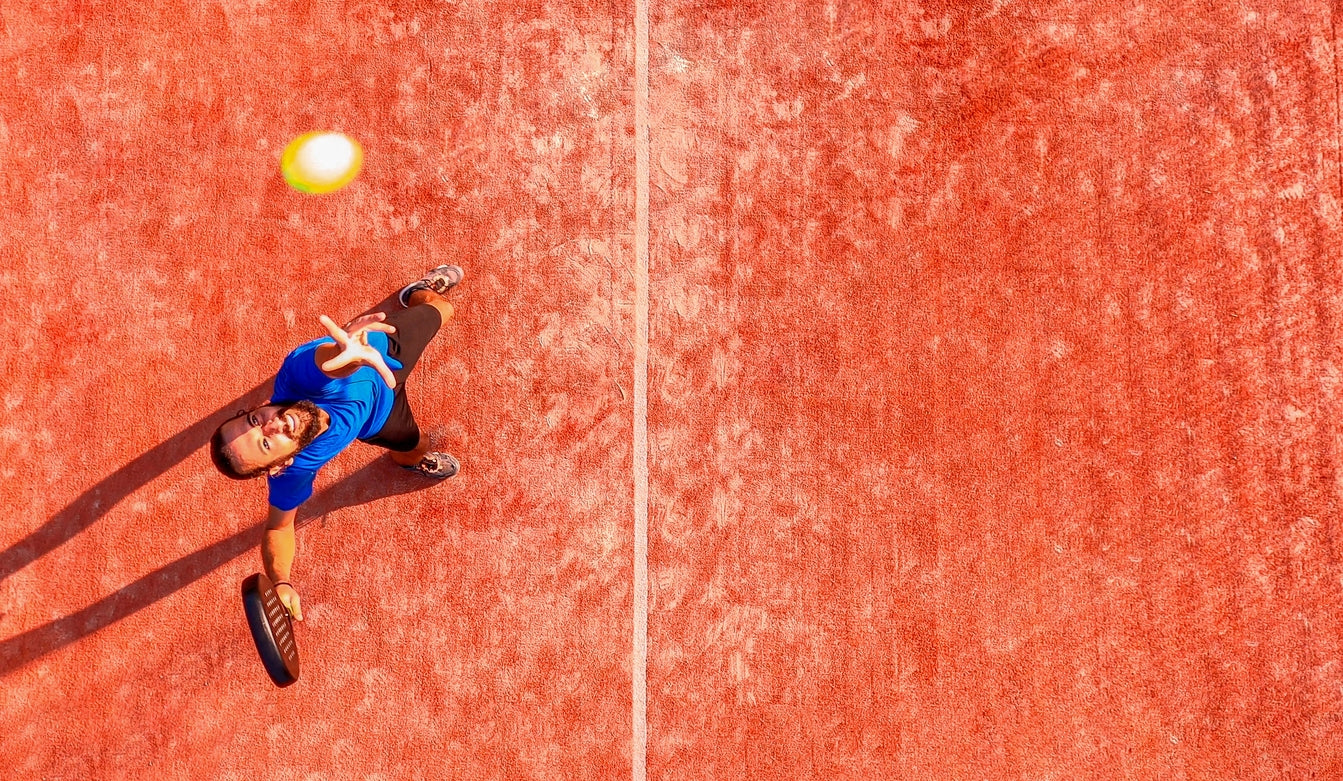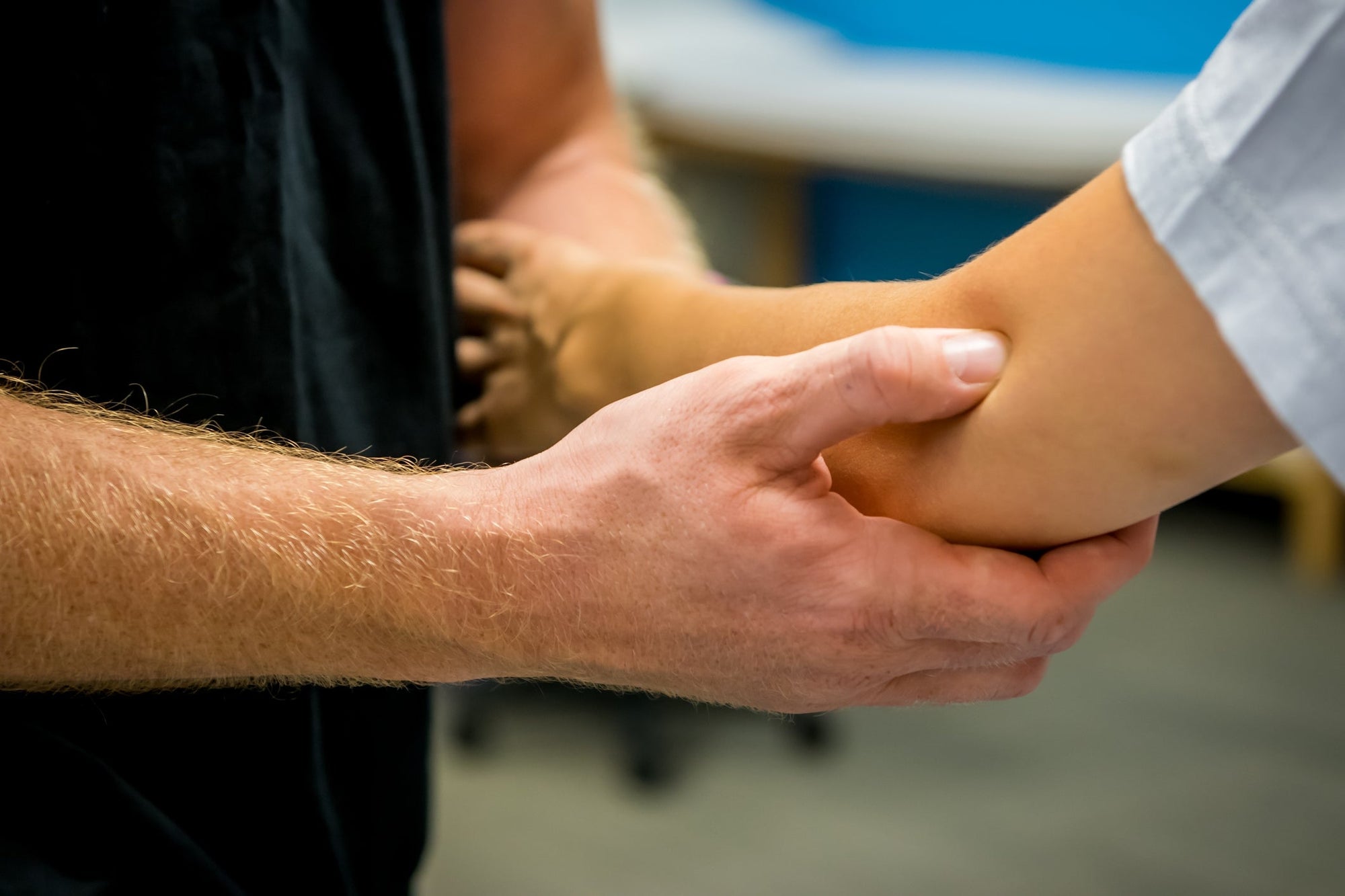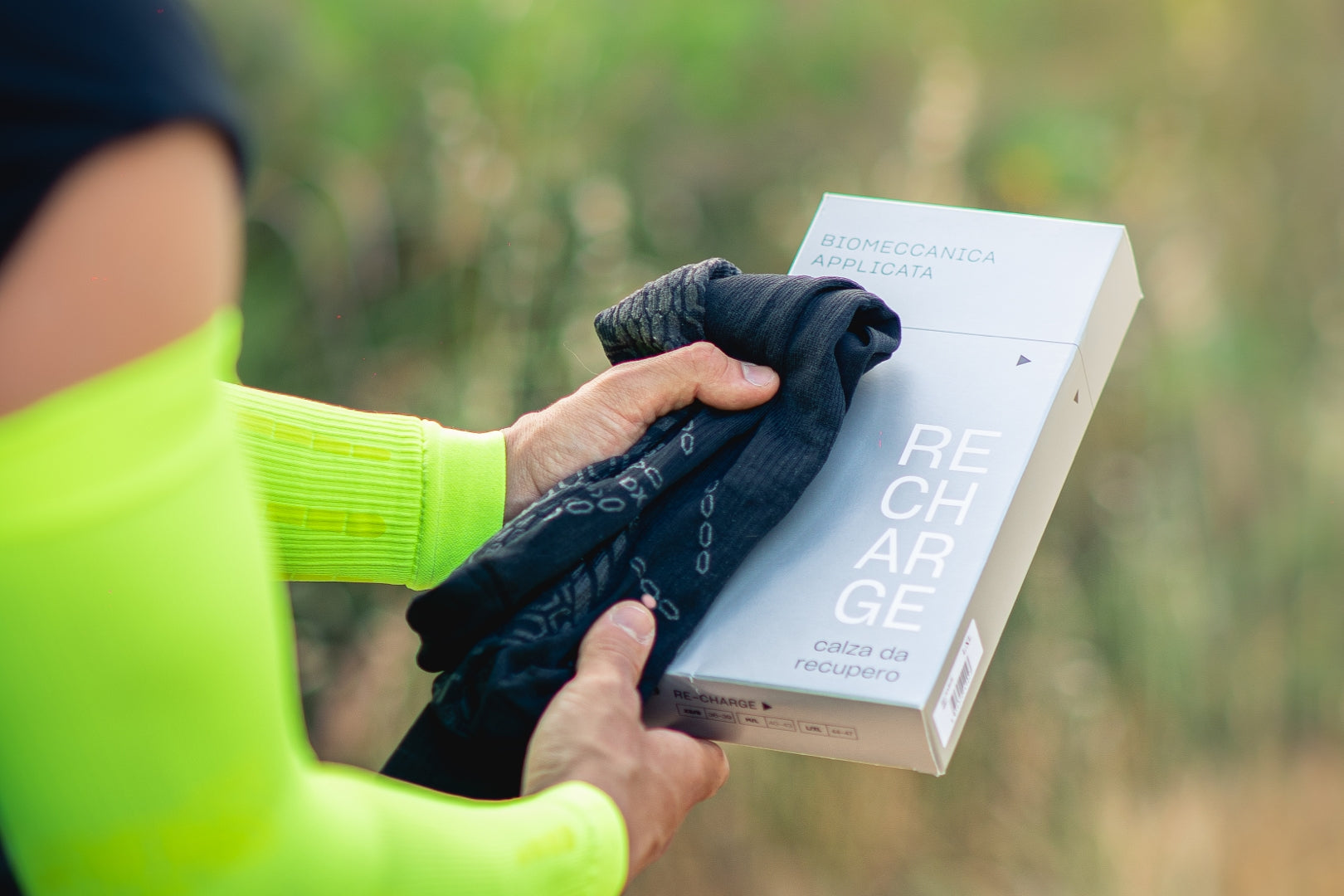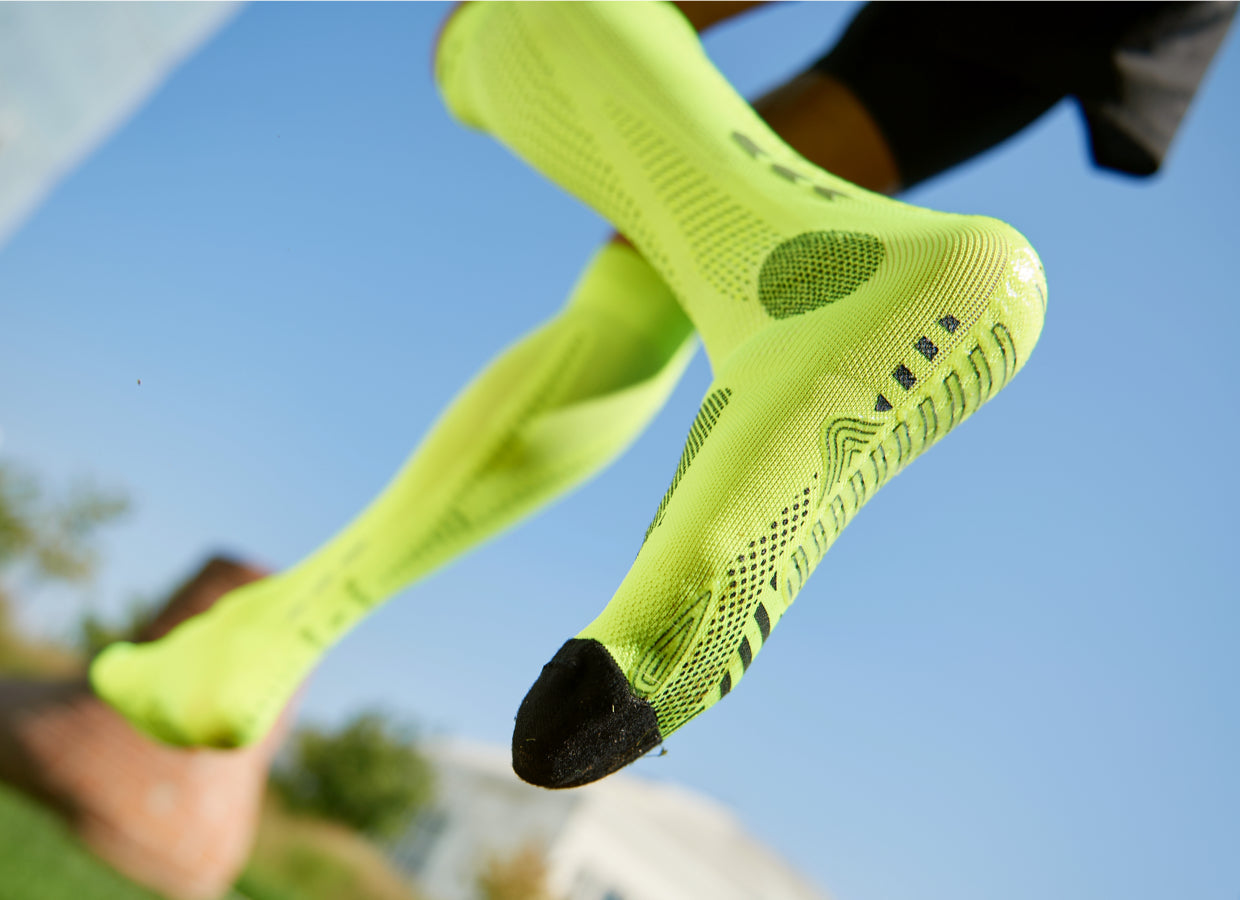Padel is a beginner-friendly sport, enjoyable even for non-athletes. It differs from tennis, played in doubles, with diagonal underhand serving, and solid walls for ball rebound. Despite its accessibility, injuries are common, ranging from accidental to overuse injuries, elbow or lower back issues, to rotator cuff problems necessitating knee support. However, injuries can be minimized through proper athletic preparation and targeted preventive measures.
The main causes of injuries in padel

There are various types of injuries related to padel, mostly treatable with manual therapies (physiotherapy, massages) without resorting to medications. Each has specific underlying causes:
- Accidental injuries are caused by elements on the court or random incidents, such as getting hit by a ball, colliding with the grid or glass, or accidentally striking oneself with the paddle;
- Overuse injuries occur when joints, muscles, and ligaments are not adequately trained to withstand the required effort, especially in a very long match or when playing frequently within a short period;
- Injuries related to poor technical proficiency are caused by incorrect execution, leading to joint or muscle injuries, including severe cases like shoulder dislocation in padel.
- Injuries due to absent or insufficient warm-up can result in muscle injuries such as strains and sprains, for example, an ankle twist.
- Weather conditions play a role, causing injuries related to wet and slippery courts, extremely cold or hot temperatures, and more.
- Dehydration and/or poor nutrition can lead to cramps, strains, and fatigue, contributing to more serious injuries.
The most common injuries in padel

Although not a contact sport like rugby or soccer, where most injuries result from collisions with other players, in padel, muscles, joints, and the skeletal system are heavily stressed, making it a physically demanding activity with a non-negligible risk of injury. One of the most common issues is shoulder injury, often manifesting as tendinitis or bursitis.
The most frequent injury is tennis elbow (commonly known as 'tennis elbow'). It depends mainly on the paddle used and can cause problems to forearm muscles and elbow joints if too rigid, with a small sweet spot, lacks damping harmful vibrations, or is not suitable for one's skill level.
Achilles tendon discomfort follows, related to the choice of footwear and its impact on the muscle-tendon system. For frequent direction changes, opt for lightweight shoes with a low heel-to-toe drop and some flexibility. For fewer changes, choose a heavier shoe with good impact cushioning.
Lastly, lower back issues are typical in a sport like padel, where playing positions involve many stops and starts, requiring a low center of gravity. This can strain the lower back, including the glutes, to maintain traction and be ready for sudden sprints and jumps
How to prevent injuries in padel

Despite padel being a sport accessible to players of various athletic levels, to mitigate the risk of injuries, the first rule to follow is to avoid the 'do-it-yourself' approach and approach the sport only after proper physical preparation. This means:
- At least once a week, incorporate strengthening exercises to enhance physical-muscular work, focusing not only on the lower limbs but also on arms and core.
- Pay special attention to pre and post-game phases: before, a few minutes of running and some exercises to gradually activate the muscles, and after, a few minutes of stretching.
- Ideally, include mobility exercises in your training cycle to improve flexibility and proprioceptive gymnastics for better balance and coordination.
- Choose the right equipment: shoes with good grip and cushioning or lightweight and flexible for mobility and directional changes; a racket suitable for your playing style that absorbs vibrations well; compressive technical socks to support movement.
Biomechanical technical socks for padel and tennis
The FLOKY padel and tennis socks support the athlete with localized compression: improving stability, aiding movement, facilitating athletic gestures, protecting against injuries, and speeding up recovery.
The specific construction of the S-SMASH sock, the first specific biomechanical sock for padel and tennis, facilitates the return of the foot to the extended position, cushioning the impact with the ground and ensuring a sense of propulsion. Thanks to innovative screen-printed applications, designed based on biomechanical principles, S-MASH ensures stability for the foot, prevents injuries and inflammations due to frequent jumps, sudden movements, and rapid sprints, and accelerates post-training or post-match recovery




